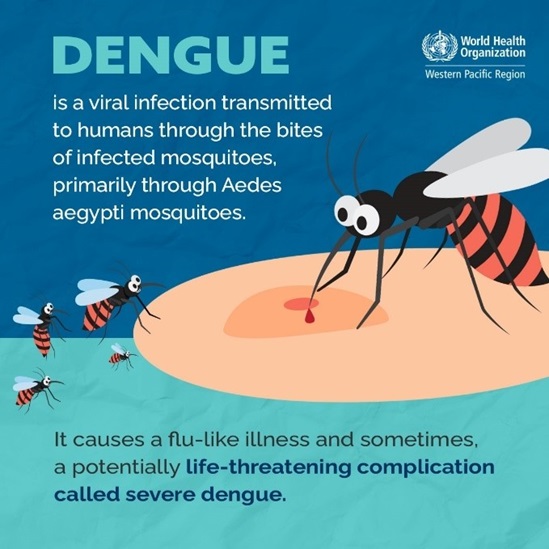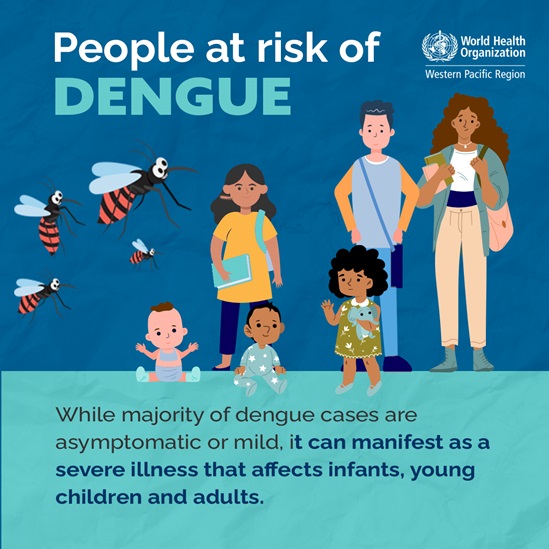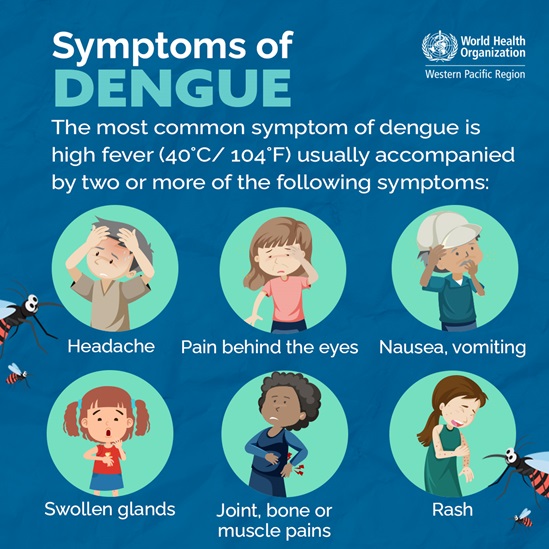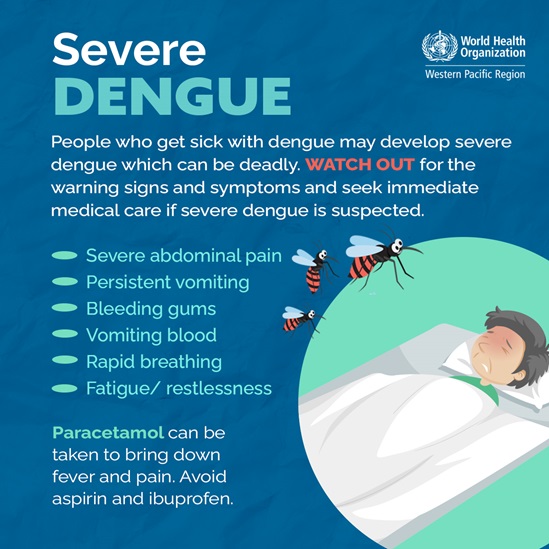Public Health dengue prevention unit during a fogging mosquito repellant operation outside Bangkok.
Reducing the health impact of dengue
Over the last 50 years, there has been a 30-fold increase in the reported number of dengue cases globally. In the Western Pacific Region, the number of reported dengue cases has more than doubled, from about 200 000 in 2008 to over 450 000 in peak years. Prompted by concern over the increasing dengue incidence in the Region and the presence of other arboviral infections, Member States requested a new regional action plan for dengue at the sixty-fifth session of the WHO Regional Committee in 2014, in light of the impending end of the Dengue Strategic Plan for the Asia Pacific Region 2008–2015.
WHO Western Pacific Regional Office facilitated the development of the Western Pacific Regional Action Plan for Dengue Prevention and Control (2016) in consultation with dengue experts, country programme managers and Member States. The goal of the Regional Action Plan is to reduce the health impact of dengue by further reducing case fatality rates and strengthening evidence for action on dengue. The plan recommends a switch in strategy from outbreak containment to reducing the impact of dengue on communities. The recent emergence of Zika virus and chikungunya in the Region further supports the need to strengthen the response to dengue and other diseases transmitted by Aedes mosquitoes. The plan recommends proactive and sustainable implementation of Aedes mosquito-control measures in collaboration with sectors beyond the health sector, and the early implementation of new technologies.










